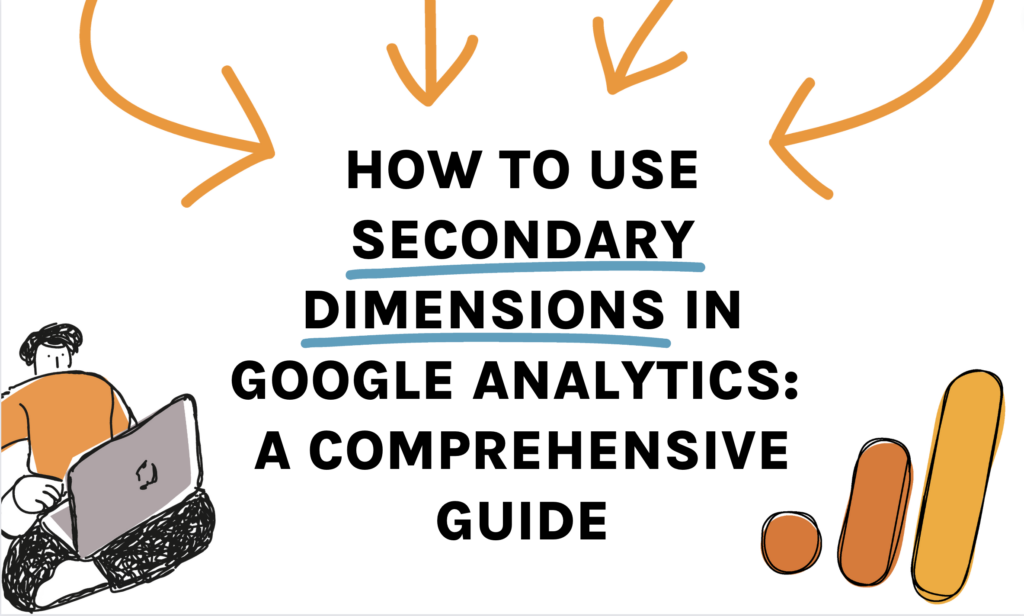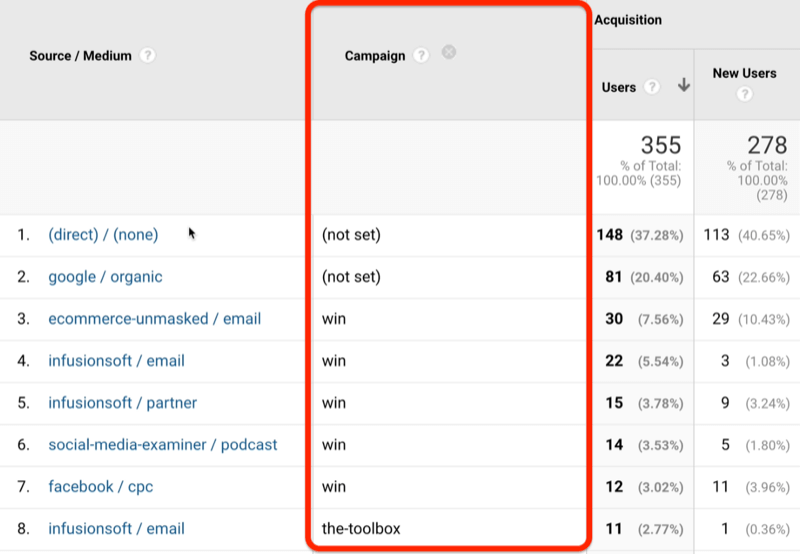Improving Data Accuracy: Google Analytics Secondary Dimension Insights
Wiki Article
Maximizing Your Digital Technique With Additional Measurement Analytics: a Comprehensive Guide
In the world of electronic strategy, the use of additional measurement analytics can provide an extensive understanding of customer habits and web site efficiency. By diving deeper right into the layers of information beyond the main metrics, businesses can discover beneficial insights that lead the means for calculated decision-making and enhanced performance.Understanding Additional Dimension Analytics
Recognizing Second Dimension Analytics supplies a critical insight right into the innovative analytical devices utilized in modern data analysis methods. These analytics dive much deeper than main measurements, offering a more comprehensive understanding of information patterns and patterns. By incorporating second measurements, analysts can section and filter data to discover covert understandings that may not appear with primary evaluation alone.Additional Measurement Analytics makes it possible for a much more granular examination of information by introducing extra specifications that can be applied to the primary measurements - secondary dimension. This approach permits an extra nuanced assessment of various information factors, bring about a much more comprehensive analysis of complicated datasets
Moreover, Second Measurement Analytics plays a significant duty in boosting data visualization techniques. By including second measurements into aesthetic representations, such as graphes or charts, analysts can present information in a much more insightful and detailed fashion, making it simpler for stakeholders to comprehend essential insights and make educated choices based on the information offered.

Implementing Second Dimensions Properly
Using additional measurements strategically enhances the depth and precision of data evaluation processes, enabling more specific insights and informed decision-making. When executing secondary measurements successfully, it is vital to very first identify the key metrics that straighten with your certain goals and purposes. By choosing the most pertinent additional dimensions, such as demographics, actions, or modern technology, you can tailor your evaluation to remove significant understandings.Additionally, arranging and structuring your additional measurements in a logical manner within your analytics platform can streamline the data analysis process. secondary dimension. This involves classifying dimensions based upon their connections and value to the main metrics being analyzed. Creating custom reports or control panels that integrate these second dimensions can additionally help with a more thorough understanding of user communications and behaviors
Additionally, consistently evaluating and readjusting your additional measurements based on the progressing needs of your digital approach is important for keeping the significance and effectiveness of your data evaluation initiatives. By continuously enhancing making use of secondary measurements, you can optimize the energy of your analytics tools and drive notified decision-making within your company.
Studying Information for Actionable Insights

To start the process of analyzing data for actionable insights, it is important to develop clear goals and crucial efficiency indications (KPIs) that align with the company's objectives. By defining what success looks like for the particular metrics being assessed, it comes to be less complicated to identify meaningful patterns and patterns that can inform decision-making.
Additionally, utilizing tools such as segmentation and comparison evaluation can give additional context to the information, enabling even more nuanced understandings to be attracted. By breaking down data right into smaller sized, extra convenient parts, organizations can uncover hidden chances and areas for improvement that might not appear when considering the information all at navigate to these guys once.
Optimizing Digital Method With Findings
Enhancing digital strategies with workable insights amassed from data evaluation is vital for accomplishing optimal efficiency in today's competitive landscape. Once beneficial findings have actually been removed from the data, the following action is to leverage these understandings to enhance digital approaches effectively. One key aspect of this optimization procedure is the identification of fads and patterns that can assist decision-making and resource appropriation.By evaluating the information findings, businesses can identify areas of stamina and weak point within their digital strategy. This info can after that be used to improve advertising projects, enhance customer experience, and drive overall performance renovation. As an example, if the data discloses a particular market team that is highly involved with certain sorts of web content, organizations can tailor their approaches to better target and satisfy this target market segment.
Moreover, optimizing digital technique with searchings for also entails continual tracking and examination to make sure that the applied adjustments are generating the wanted outcomes. By iteratively improving strategies based upon data-driven understandings, anchor organizations can remain in advance of the competitors and adjust to the dynamic digital landscape successfully.
Gauging Success and Iterating
Measuring success in digital strategy implementation entails assessing essential performance indicators to gauge the effectiveness of approaches and techniques deployed. This assessment is important in establishing the influence of the digital initiatives on the total service goals. By tracking metrics such as website web traffic, conversion prices, click-through prices, and interaction levels, services can examine the efficiency of their electronic campaigns and make data-driven choices for renovation.When the data has been accumulated and evaluated, it is necessary to iterate on the methods based upon the insights obtained. This iterative procedure includes making adjustments to the electronic strategies to maximize efficiency continuously. By identifying what is functioning well and what needs enhancement, businesses can improve their digital approach to enhance results. This intermittent method of gauging, evaluating, and iterating is basic to making the most of the performance of digital efforts and making certain that they line up with the company's goals and purposes. Inevitably, continuous tracking and improvement are key to staying affordable in the ever-evolving digital landscape.
Verdict
In conclusion, incorporating additional measurement analytics right into your electronic approach can improve and give valuable insights decision-making. By successfully applying and analyzing data, businesses can maximize their electronic strategies for success. It is necessary to continuously measure success, make required modifications, and iterate on the technique to stay competitive in the electronic landscape. Utilizing secondary dimension analytics is a powerful device for taking full advantage of the effect of your digital initiatives.Comprehending Secondary Measurement Analytics gives a critical understanding into the advanced logical tools utilized in modern-day data evaluation methods. These analytics delve deeper than main dimensions, supplying a much more comprehensive understanding of information patterns and patterns. By including additional dimensions, experts can section and filter information to discover hidden understandings that may not be noticeable with main evaluation alone.
Using secondary dimensions strategically improves the depth and precision of information analysis procedures, allowing for extra accurate insights and educated decision-making.Additionally, arranging and structuring your secondary measurements in a logical way within your analytics system can improve the information interpretation procedure.
Report this wiki page